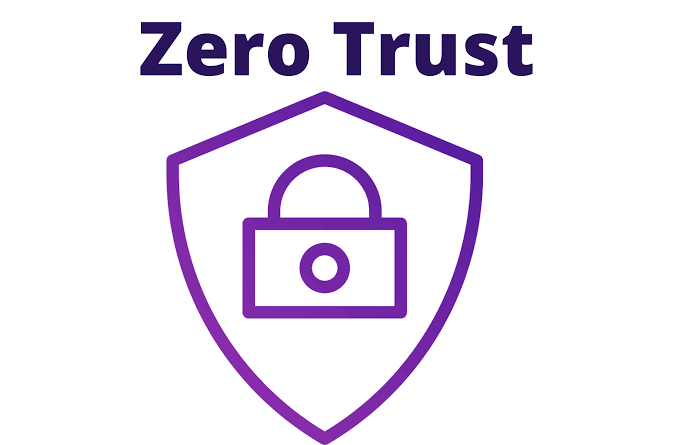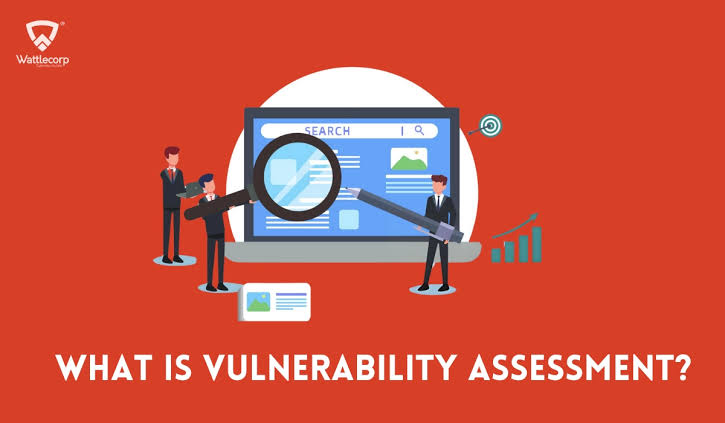GuLoader malware, a notorious tool for delivering malicious software, is showing a resurgence in targeting European industrial organizations. These attacks, primarily driven by phishing, have created a cybersecurity alert across sectors such as manufacturing, energy, and infrastructure. Here’s a breakdown of how GuLoader operates, the current strategies being used, and proactive steps that industries can take to secure themselves.
What is GuLoader?
GuLoader acts as a loader, or carrier, designed to download and execute secondary malware onto targeted systems. It was initially observed in financially motivated attacks, but recent cases indicate a strategic shift, with attackers using GuLoader in highly targeted phishing attacks on specific industries. This malware remains challenging to detect, as it often employs encryption and obfuscation techniques to evade antivirus software and security monitoring tools.
Current Tactics and Attack Vectors
In this new wave of attacks, GuLoader is being distributed through phishing campaigns. Attackers masquerade as trusted industry contacts or suppliers to persuade employees to open infected attachments. Once a file is downloaded, GuLoader installs itself and then downloads further malware payloads onto the infected device. These payloads may include:
- Remote Access Trojans (RATs): Allowing attackers to monitor network activities, steal confidential data, or manipulate system operations.
- Data Stealers and Ransomware: Capable of extracting sensitive information or encrypting files to demand ransoms.
Key Concerns for European Industrial Sectors
The choice of target – industrial companies – is significant. Manufacturing and energy sectors typically rely on extensive networks and operational technology (OT) systems that prioritize uptime and safety over frequent security updates. Consequently, GuLoader’s ability to infiltrate these systems can disrupt operations, compromise data integrity, and lead to severe financial and operational setbacks.
Defensive Measures to Combat GuLoader
Industries can reduce the risk by implementing layered cybersecurity defenses:
- Employee Awareness and Training: Frequent training to recognize phishing and avoid untrusted attachments is crucial.
- Enhanced Threat Detection: Deploy advanced threat detection systems that use behavioral analysis to spot anomalies, as traditional antivirus may miss obfuscated threats like GuLoader.
- Access Control and Network Segmentation: Limiting access rights and segmenting networks can reduce the spread and impact of an infection, isolating critical systems from potentially compromised areas.
As attackers evolve their tactics, maintaining vigilance and updating cybersecurity protocols become essential for industrial companies to protect against threats like GuLoader.









